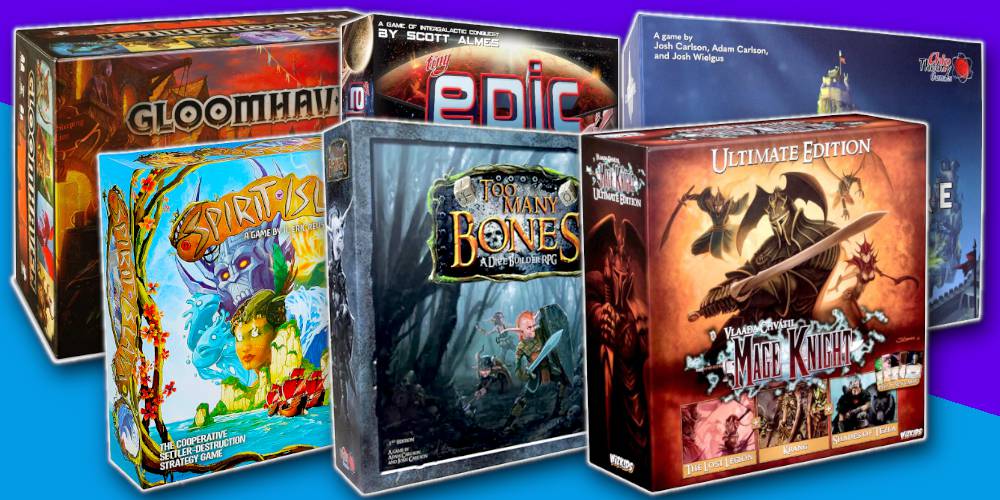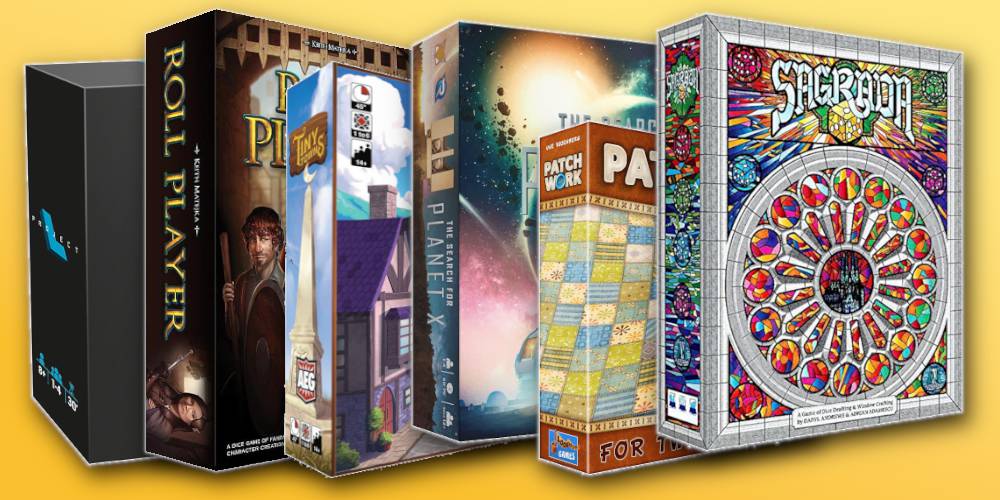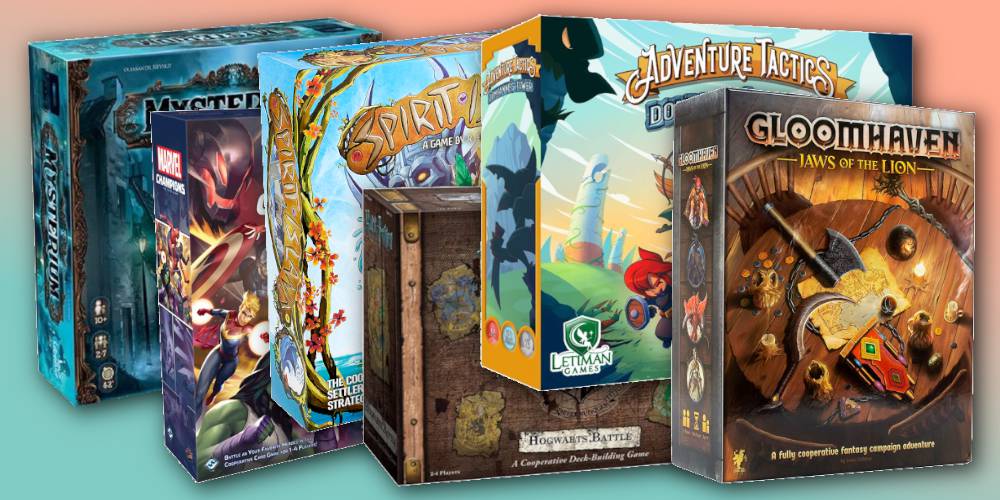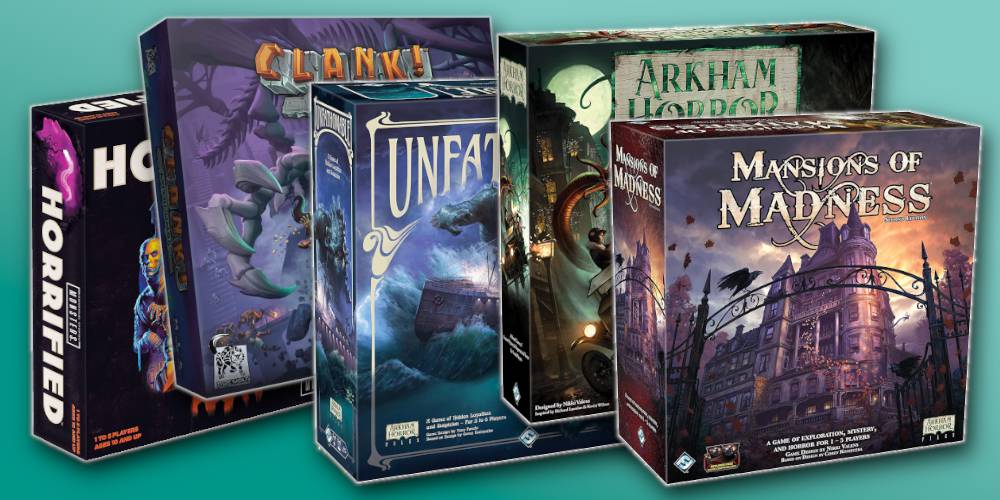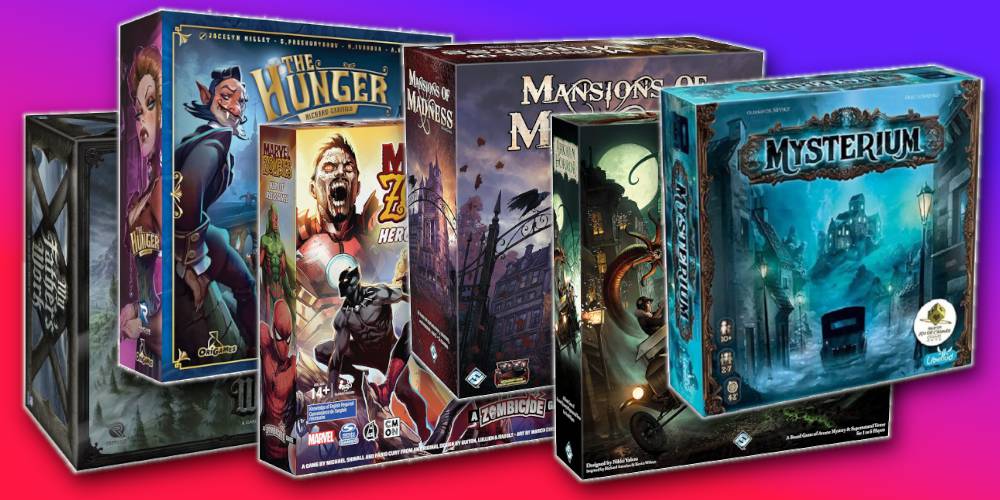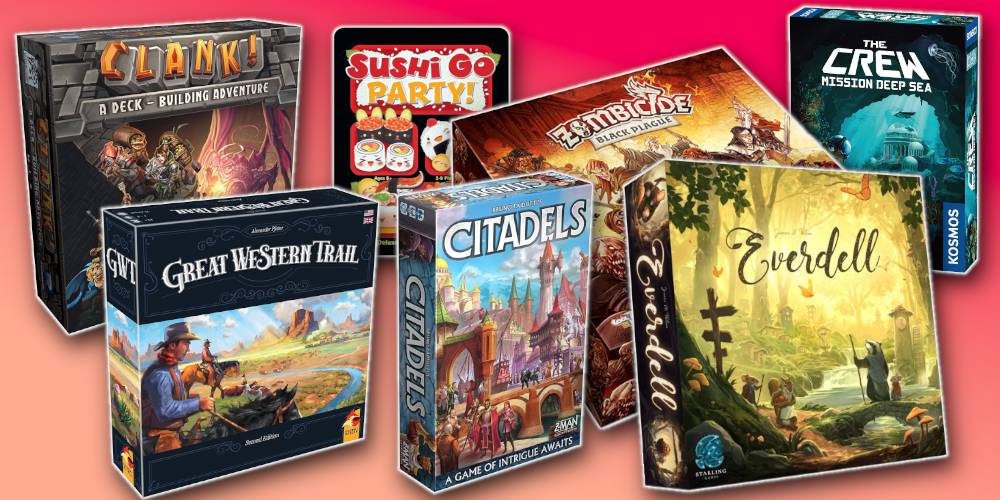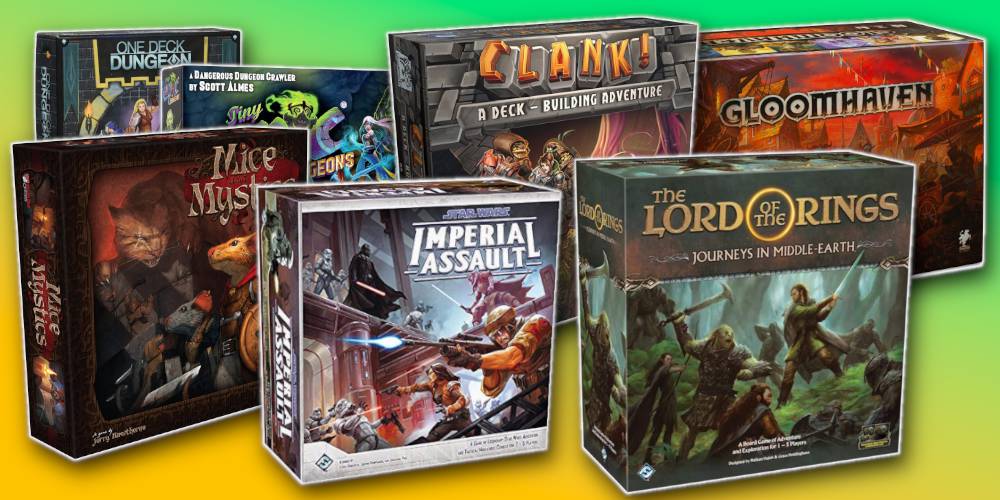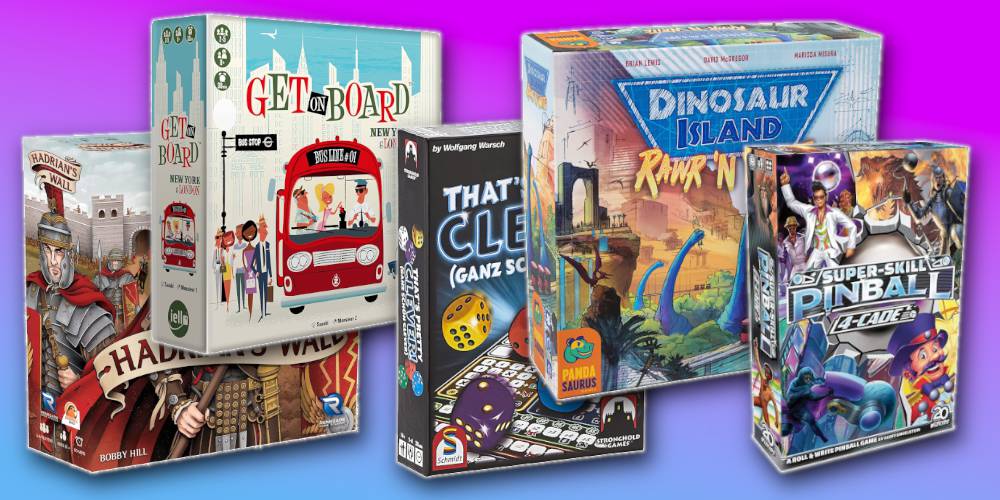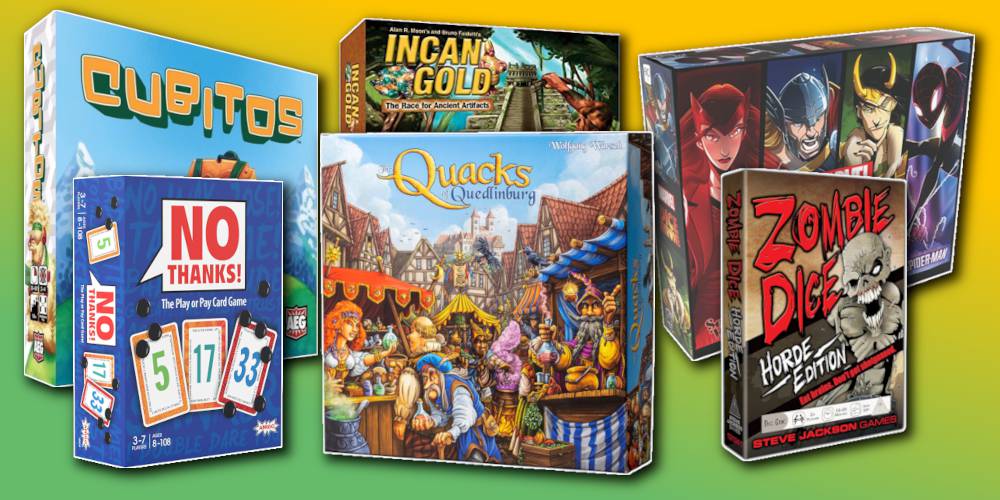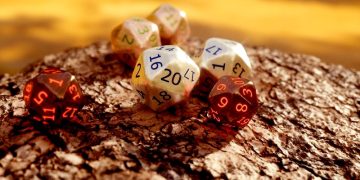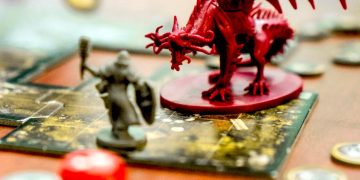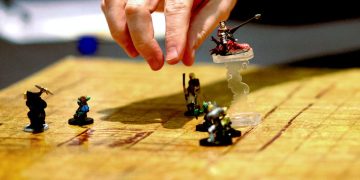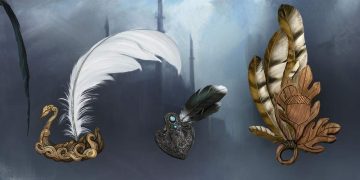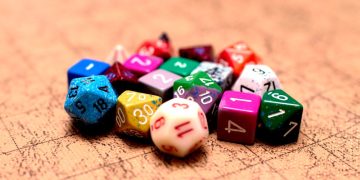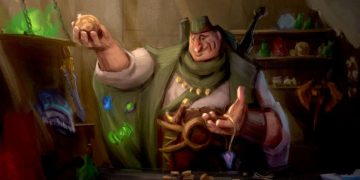1. Ghosts
Ghostsin 5th Edition D&D are terrifying creatures, especially considering their Challenge Rating of 4. With a whole host of damage resistances and immunities to most conditions, it’s tough for most parties to inflict much hurt on them.
On top of that, ghosts have the ability to avoid damage by slipping between the Material and Ethereal planes, and they can possess characters who have low Charisma.
All combined, you can see how adding ghosts to an encounter can be quite the challenge for most D&D parties—at least until they reach higher levels and acquire magical weapons.
But there’s something cool about D&D ghosts:one of the best ways to combat a ghost is to investigate the cause of their haunting. A ghost can be weakened by presenting an example of their “unfinished business,” which can turn the tides of a ghost encounter.
The actual mechanics of the weakening is up to you as the DM, and you can make it different for each ghost. For best effect, you may want to incorporate lore and backstory.
For example, presenting a wedding ring to the ghost of a scorned bride may end up tying them to the Material Plane, allowing the party to more easily inflict damage. Another example could be driving a ghost out of its possession right away.
In other words, ghosts aren’t just big bad toughies—they’re a great way to expand the lore of your world and breathe a little more life into it as characters investigate how best to take them down.
Related:The best D&D house rules worth trying
2. Chimera
Chimerahave always been my favorite mythological creature, so I love to feature them whenever I can in the D&D campaigns I run.
Chimera have the abilities to fly, breathe fire, and attack multiple times in a turn to inflict significant damage—and that makes them a decent challenge for most adventuring parties.
With a Challenge Rating of 6, chimera are likely to be one of the first creatures that adventurers will encounter to possess a breath weapon, which is something that drastically changes the flow of a fight.
But the thing that makes chimera truly dangerous? They have a flight speed of 60.
At 6th level, the party’s Wizard might have access to the Fly spell… but even if they do, they can only cast it on one person at a time. That puts the heroes at a distinct disadvantage right from the start.
The party will need to learn how to lure the chimera to places where it has less of an advantage, and that’ll force the party to employ interesting combat tactics that incorporate the environment and ensure they think outside the box.
With the chimera’s mixture of surprising abilities and just enough cunning to be vicious and cruel for the sake of it, it’s bound to be a frightening encounter for mid-level adventurers—and can even be a challenge for higher-level parties alongside other monsters.
3. Kobolds
Ah, the lowlykobold. On their own, kobolds are so weak that even goblins have a higher Challenge Rating. Indeed, the kobold is often the starter enemy used to teach new players the combat rules of D&D 5e.
Even with their signature Pack Tactics ability that gives kobolds Advantage on most of their attack rolls, they usually can’t do enough damage to truly threaten a party beyond first or second level.
So why am I including kobolds on this list of creatures you can use to challenge your players?Well, kobolds do more than just fight! The real danger behind a kobold is thekobold’s lair.
The kobolds' home is a frightening place for young parties because it’s often laden with traps galore. Even mid-level adventurers can struggle to avoid and survive the cleverly disguised traps contained within.
With buckets of caustic slime falling on them or pits of venomous insects opening up beneath them, caution is required to navigate the treacherous tunnels of a kobold stronghold.
Kobolds may be relatively simple to wipe out for players who are used to charging in against weaker enemies, but if you give the players a reason to delve into the kobolds' den—like needing to rescue someone or retrieving a stolen object—things can get really interesting.
As a DM, this is a great opportunity for you to exercise your own creative trap-designing and trap-laying skills. Cook up a few vicious traps and give the players creative ways to disarm or get around them. Your session will be unusually fun!
Read next:Tips on how to be a good DM



![]()
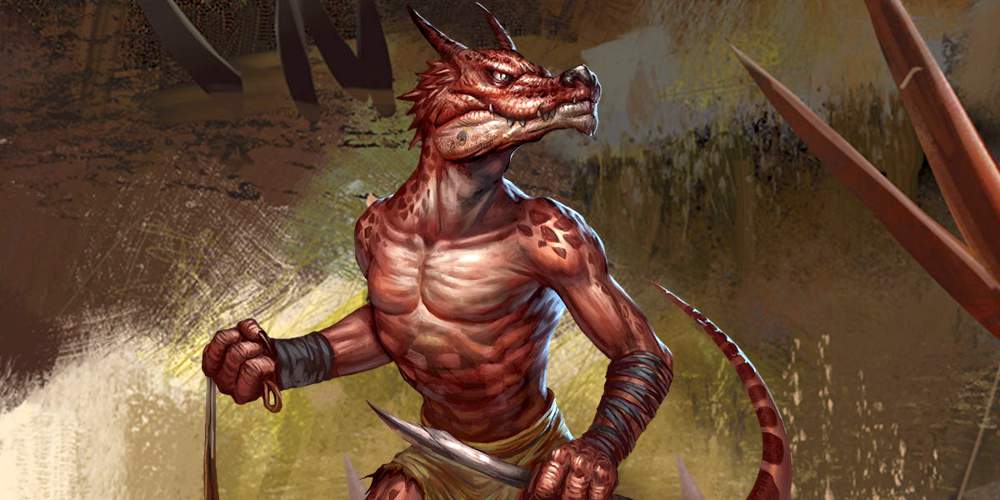
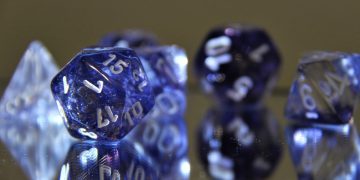
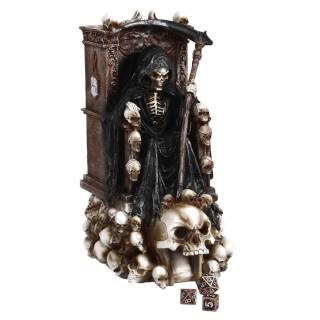
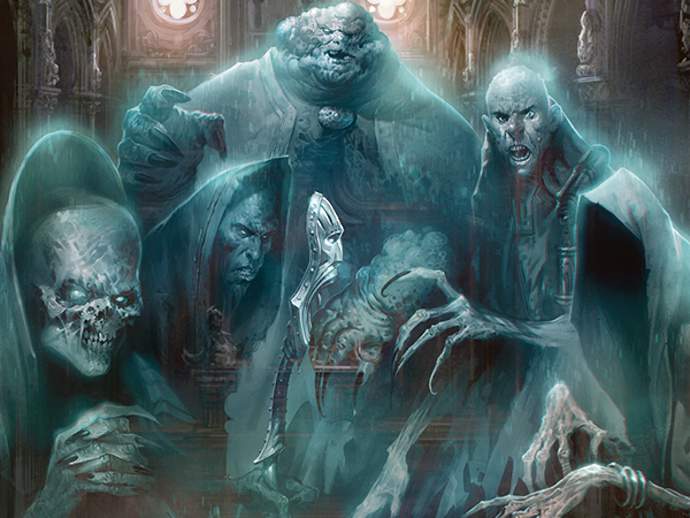
Image credit:Obzedat, Ghost Council
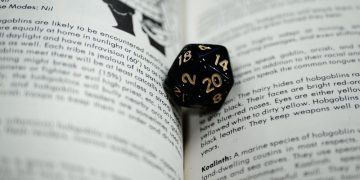
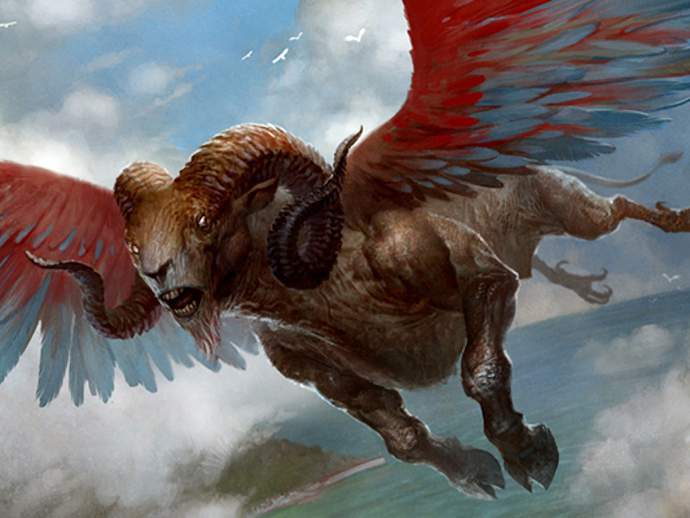
Image credit:Spellheart Chimera
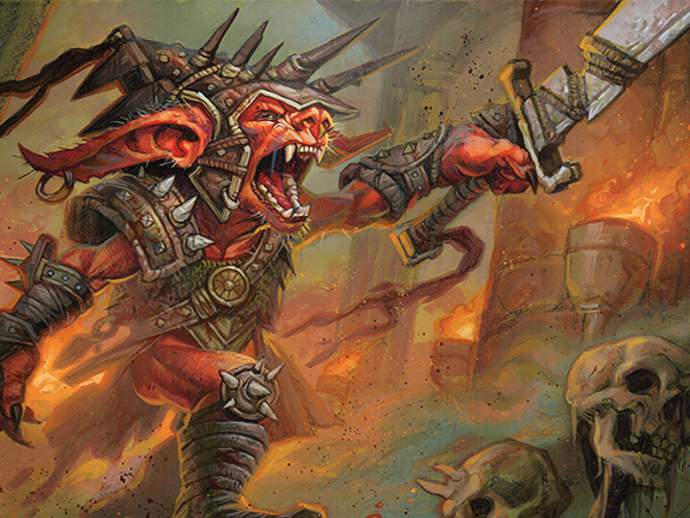
Image credit:Rograkh, Son of Rohgahh

